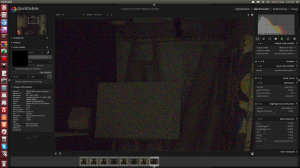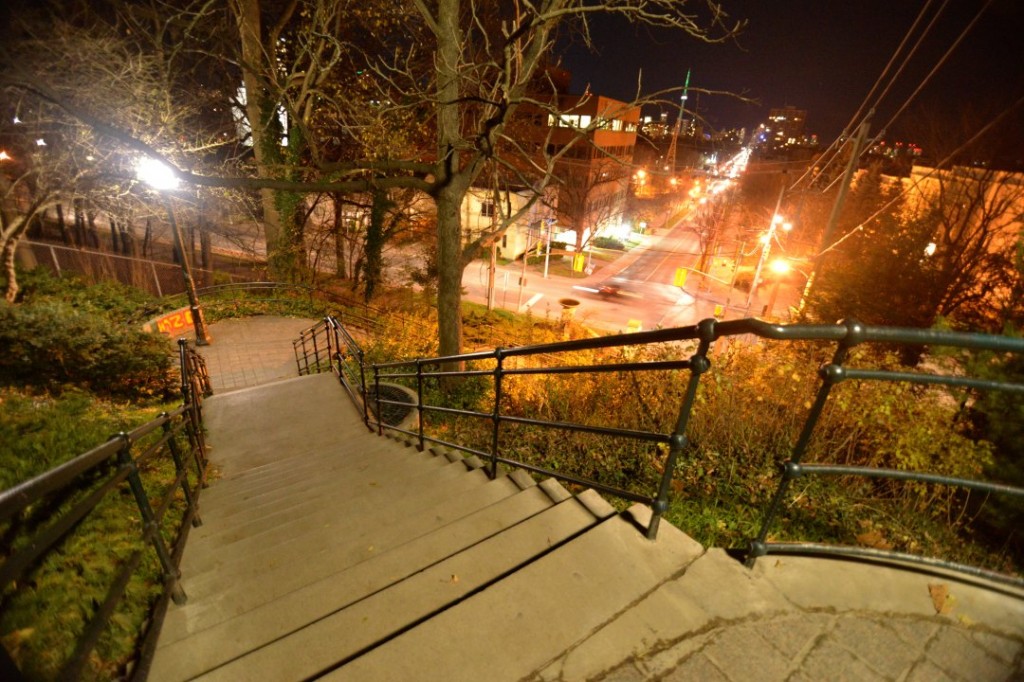Last month, I shot my first wedding.
I wanted to use this as an opportunity to write up a three-part series, starting with an instructional post about how to prepare for a big photo shoot. The second post was going to be a raw, stream-of-consciousness reflection written the day after the shoot. The final follow-up post explaining what I had learned was going to come a month later, when the job had settled in and behind me.
But, things didn’t quite work out that way. It’s a month later now and that first post was never written. Instead, you are stuck with one long, meandering, disorganized post covering everything.
Before I begin, I will give you some of the relevant details:
1. Some of my very close friends were getting married.
2. I’ve never shoot a wedding before, and I don’t have all the fancy gear.
Because of these two factors, I’m obviously going to cut them a deal.
A meeting between myself and the Bride is arranged.
I talk with several other wedding photographers about rates, work-flow, gear, expectations, etc. So I can walk into the meeting with honest industry rates in my area.
Weeks before the big day, The Bride and I work out the details: The shoot is going to be done for next-to-nothing, but the prints will be sold at the regular rate.
In addition to prints, I will design a wedding photobook, and make it available through a print-on-demand service. Information about the book will be given to all of the guests. Hopefully, all of them will buy 300 copies each and I can retire.
We have a deal we are both happy with.
As the wedding draws nearer, I realize that having some sort of plan is probably a good idea. Ignoring my own advice, I make plans going forwards, rather than backwards (meaning I started with ‘step 1’ and worked my way forward. Planning backwards, starting with the final step and asking “what do I need for that to happen?” always seems to give me far more reliable and realistic results).
The Plan:
Research “how do I shoot a wedding” (1 day)
Shoot wedding (1 day)
Sort photos. (1-2 days)
Edit photos (3 days)
Design book (1 day)
Estimated turnaround: one week
I’ve got my plan! I’m all set.
“This is going to be easy.”
I will take this opportunity to make a little digression: Whenever the phrase “this is going to be easy” is uttered, that person is just minutes away from being spectacularly wrong.
“This is going to be easy…”
Continue reading Shooting my First Wedding.

